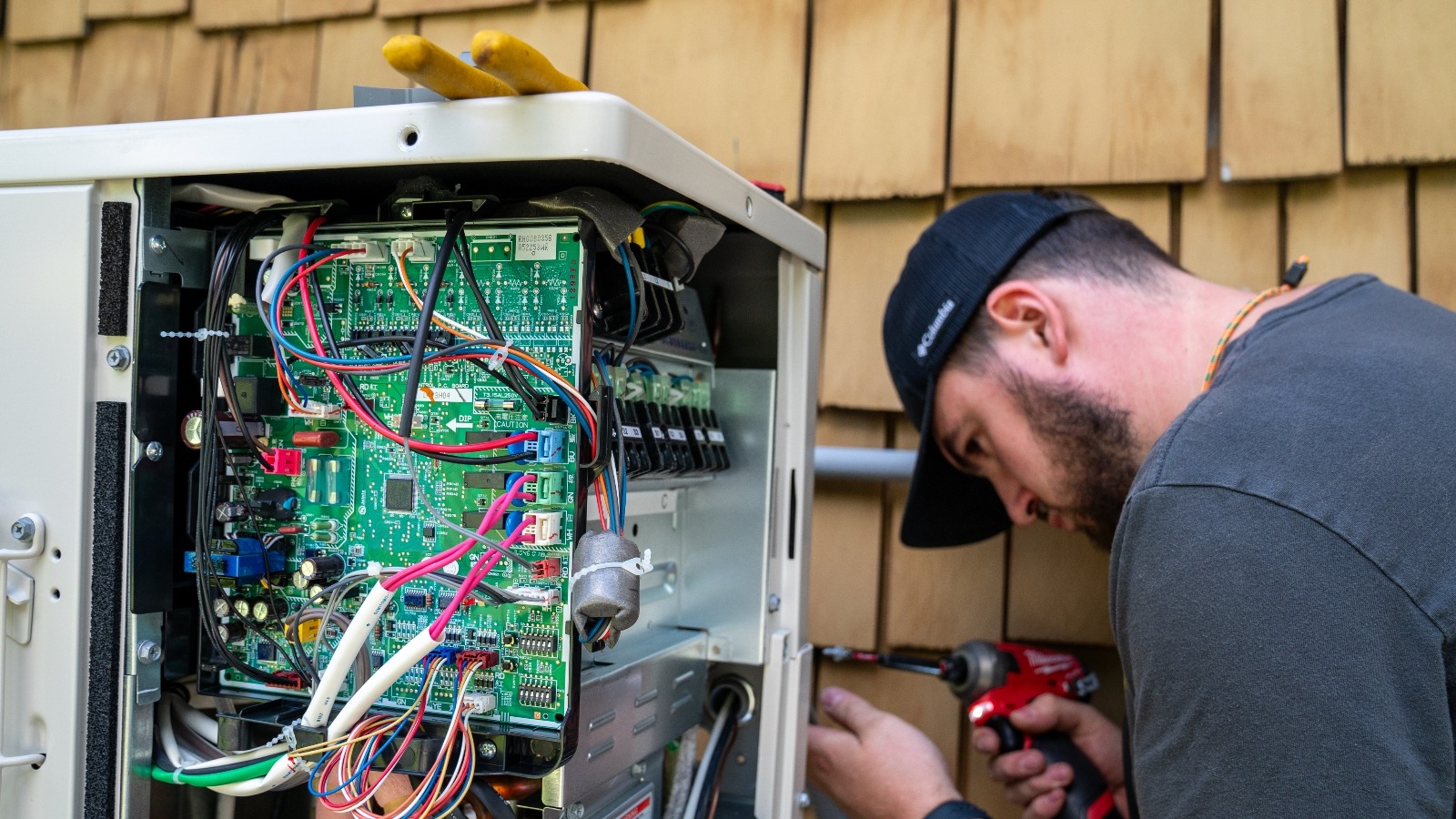Gels, Vol. 11, Pages 791: Thermal Insulation and Fireproof Aerogel Composites for Automotive Batteries
Gels doi: 10.3390/gels11100791
Authors:
Xianbo Hou
Jia Chen
Xuelei Fang
Rongzhu Xia
Shaowei Zhu
Tao Liu
Keyu Zhu
Liming Chen
New energy vehicles face a critical challenge in balancing the thermal safety management of high-specific-energy battery systems with the simultaneous improvement of energy density. With the large-scale application of high-energy-density systems such as silicon-based anodes and solid-state batteries, their inherent thermal runaway risks pose severe challenges to battery thermal management systems (BTMS). Currently, the thermal insulation performance, temperature resistance, and fire protection capabilities of flame-retardant materials (e.g., foam cotton, fiber felts) used in automotive batteries are inadequate to meet the demands of intense combustion and high temperatures generated during thermal failure in high-energy-density batteries. Against this backdrop, thermal insulation and fireproof aerogel materials are emerging as a revolutionary solution for the next generation of power battery thermal protection systems. Leveraging their nanoporous structure’s exceptional thermal insulation properties (thermal conductivity of 0.013–0.018 W/(m·K) at room temperature) and extreme fire resistance (temperature resistance > 1100 °C/UL94 V-0 flame retardancy), aerogels are gaining prominence. This article provides a systematic review of thermal runaway phenomena in automotive batteries and corresponding protective measures. It highlights recent breakthroughs in the selection of material systems, optimization of preparation processes, and fiber–matrix composite technologies for automotive fireproof aerogel composites. The core engineering values of these materials, such as blocking thermal runaway propagation, reducing system weight, and improving volumetric efficiency, are quantitatively validated. Furthermore, the paper explores future research directions, including the development of low-cost aerogel composites and the design of organic–inorganic hybrid composite structures, aiming to provide a foundation and industrial pathway for the research and development of next-generation high-performance battery thermal management systems.
Source link
Xianbo Hou www.mdpi.com

